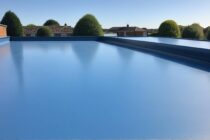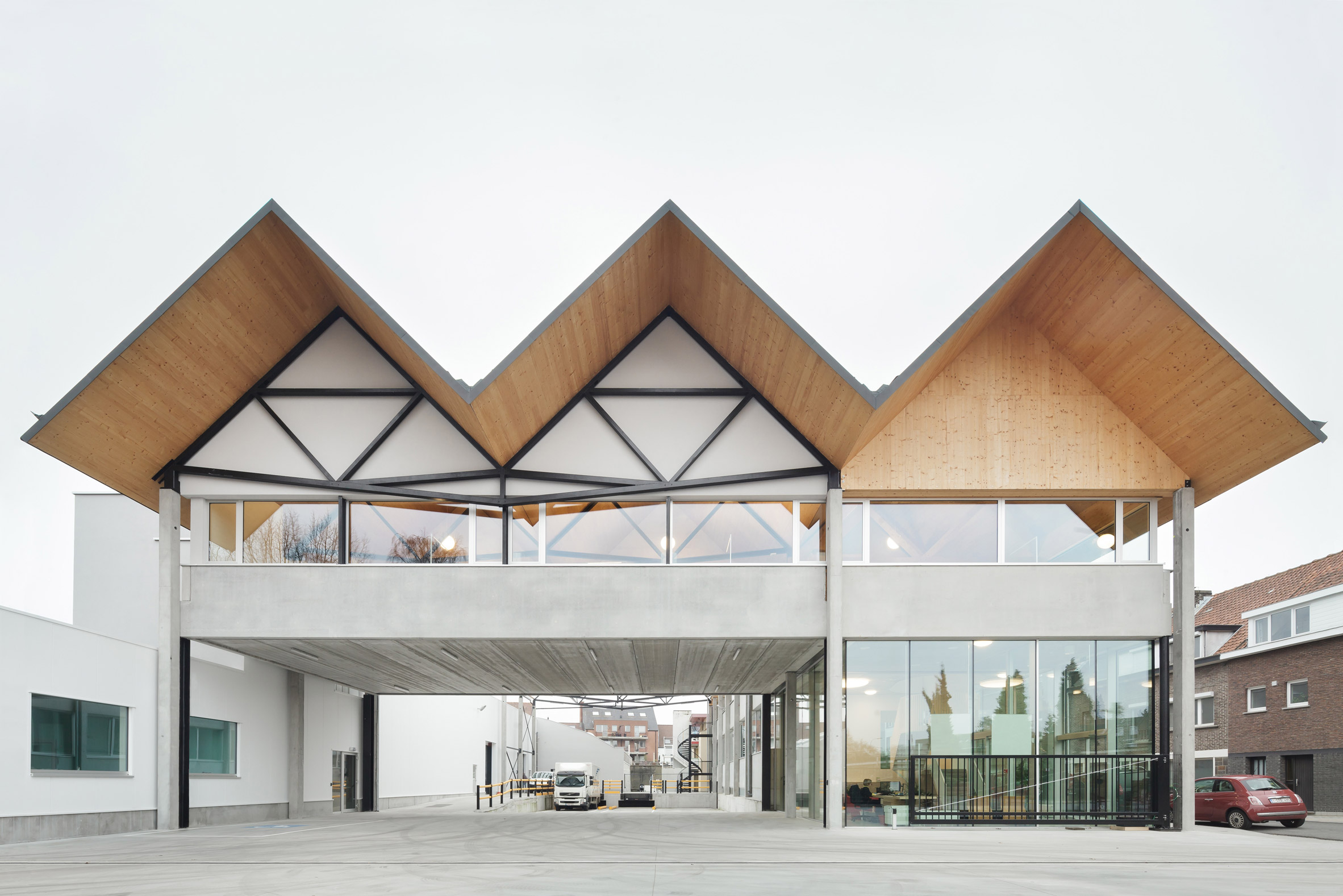Contents
- 1 Price Difference Flat Roof or Pitched
- 2 The price difference between a flat roof and a pitched roof can vary depending on various factors such as the size of the roof, materials used, and the complexity of the installation.
- 3 Price Difference Flat Roof or Pitched: continued
- 4 Price Difference Flat Roof or Pitched: Final thoughts:
Price Difference Flat Roof or Pitched
The price difference between a flat roof and a pitched roof can vary depending on various factors such as the size of the roof, materials used, and the complexity of the installation.
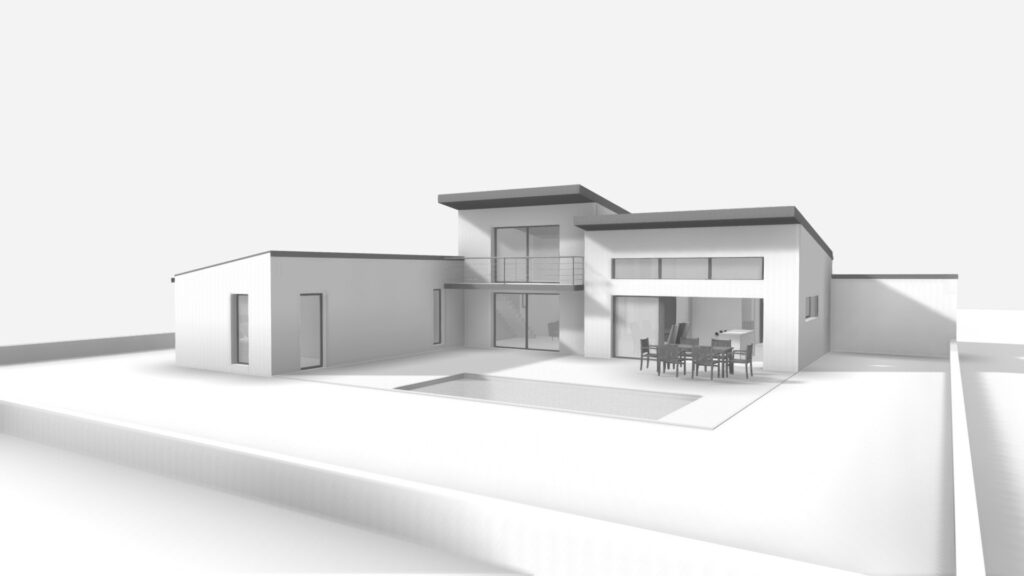
Generally speaking, flat roofs are less expensive than pitched roofs because they require less material and labor to construct. However, the cost can increase if additional features such as drainage systems, insulation, or skylights are required. Additionally, flat roofs may require more maintenance and repairs over time due to their design, which can add to the overall cost.
On the other hand, pitched roofs are typically more expensive to install because they require more material and labor to construct. However, they often last longer and require less maintenance over time. Additionally, pitched roofs can offer more design options and provide better insulation, which can lead to lower energy costs in the long run.
Overall, the price difference between a flat roof and a pitched roof will depend on the specific details of the project and the materials used
When deciding between a flat roof and a pitched roof, it’s important to consider the climate in your area. Flat roofs may not be suitable for areas with heavy snow or rainfall, as they can be more prone to leaks and damage from pooling water. In these cases, a pitched roof with proper drainage may be a better option.
Another factor to consider is the aesthetics of your home. Flat roofs can give a modern and minimalistic look to a building, while pitched roofs offer a more traditional and classic look. The style of your home and personal preferences can influence which type of roof you choose.
In terms of materials, both flat roofs and pitched roofs can be constructed from a variety of materials, including asphalt shingles, metal, tile, and more. The material chosen will affect the overall cost and longevity of the roof, as well as its resistance to weather and other factors.
Overall, the price difference between a flat roof and a pitched roof will depend on many factors, including the size and complexity of the project, the materials used, and any additional features desired. Consulting with a professional roofing contractor can help you make an informed decision and ensure that you choose the best roof for your needs and budget.
The Pros of Flat Roofs:
Flat roofs offer a number of advantages over pitched roofs, including:
- Cost-effective: Flat roofs are generally less expensive to install than pitched roofs. They require fewer materials and less labor, which can lead to significant cost savings.
- Space-efficient: Because flat roofs have a level surface, they can be used for additional outdoor living space, such as a rooftop garden or patio. This can increase the usable square footage of your home without the need for an additional building extension.
- Easy to maintain: Flat roofs are easier to access and maintain than pitched roofs. It’s easier to clean gutters, inspect for damage, and perform routine maintenance tasks on a flat roof.
- Energy efficiency: Flat roofs offer a larger surface area for solar panels, which can help reduce energy costs. They also offer better insulation, which can help reduce heating and cooling costs.
- Versatile: Flat roofs can be constructed from a variety of materials, including asphalt, rubber, PVC, and more. This allows for greater flexibility in design and can help you achieve the look and functionality you desire.
Overall, flat roofs can be a great choice for many homes and buildings. They offer cost savings, and versatility, and can provide additional outdoor living space. However, it’s important to consider the climate in your area and the specific needs of your home before deciding on a flat roof.
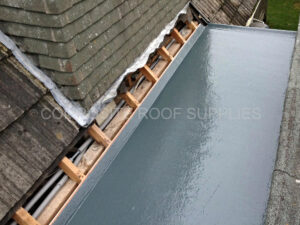
The Pros of pitched roof:
Pitched roofs also offer a number of advantages over flat roofs, including:
- Better Drainage: The slope of a pitched roof allows rainwater and snow to drain off more easily, reducing the risk of water damage and leaks.
- Longer lifespan: Pitched roofs are often made of more durable materials, such as tile or metal, which can last longer than materials used for flat roofs.
- Better insulation: The shape of a pitched roof allows for more space to be used for insulation, which can help improve energy efficiency and reduce heating and cooling costs.
- Improved ventilation: The shape of a pitched roof also allows for improved ventilation, which can help prevent mold and mildew growth and improve indoor air quality.
- Aesthetic appeal: Pitched roofs offer a classic and traditional look that can enhance the curb appeal of your home or building. They can also be designed in a variety of styles, such as gable, hip, or mansard, to fit your specific design preferences.
Overall, pitched roofs offer a number of benefits that make them a popular choice for many homeowners and builders. They offer better drainage, longer lifespan, improved insulation, and improved ventilation. However, they can also be more expensive to install than flat roofs and may require more maintenance over time. The decision between a flat roof and a pitched roof will ultimately depend on your specific needs, budget, and design preferences.
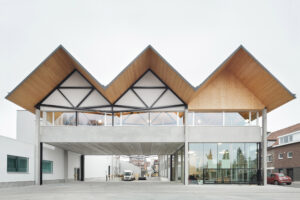
Price Difference Flat Roof or Pitched: continued
Grp roofing kits prices
When it comes to price, there is a significant difference between flat roof and pitched roof projects. The type of flat roof you choose will affect the cost, with options ranging from single-ply and roll asphalt to modified bitumen and flat-seamed metal roofs. The accessibility and location of your property, as well as the size of the project, will also impact the final price.
Price Difference Flat Roof or Pitched: As a general guide, a flat roof with Fibreglass or GRP materials in 2023 could cost:
Price Difference Flat Roof or Pitched: April 24th 2023
The cost of a Fibreglass or GRP roof depends on various factors such as the type of roof you want. The following illustrates that the cost can range from £35 to £130 per m2.
Roof Type Estimated Cost Installation Time Insulated Fibreglass Roof £75 to £130 per m2 1 to 3 days Fibreglass Roof Covering £35 per m2 1 to 3 days
For a basic Fibreglass roof, you can expect to pay an average of £35 per m2, and it typically takes one to three days to install.
On the other hand, if you require a fully insulated Fibreglass roof, the average cost ranges from £75 to £130 per m2, and the installation takes one to three days.
Additionally, it’s important to note that some Fibreglass roofs come with extended guarantees, which can increase the cost anywhere between £7 to £20 per m2. This price increase is due to the additional layers of resin coating needed to make the roof eligible for a longer guarantee.
Ultimately, the longer the guarantee, the higher the final cost. If you’re interested in installing a Fibreglass roof, HouseholdQuotes can assist you in finding the right roofer. Click the button below to compare quotes from multiple tradespeople in your area and potentially save money on your project.
A general guide to the cost of a pitched roof in 2023:
Price Difference Flat Roof or Pitched:April 24th 2023
The average cost to replace a roof in the UK is £5,500, although homeowners can expect to spend anywhere between £3,000 to £18,000 depending on the size and complexity of the roof.
The size and design of your roof will play a big role in determining the cost of a full roof replacement. For example, a hip roof replacement can cost anywhere from £8,500 to £17,500, while a gable roof replacement can cost between £7,500 to £16,250. A flat roof replacement, on the other hand, typically costs between £1,440 to £3,400.
It’s also important to budget for the cost of removing your current roof before the replacement is installed, which can cost between £1,000 to £2,500.
Overall, the national average cost to replace a roof in the UK is £5,500, with most homeowners spending between £3,000 to £18,000. However, the cost can vary greatly depending on the size of the roof, the materials chosen, and the location in the UK.
Price Difference Flat Roof or Pitched: Final thoughts:
Based on the information provided, it seems that the cost of replacing a roof in the UK can vary greatly depending on a number of factors such as the type of roof, size of the roof, materials chosen, and location in the UK. The national average cost for roof replacement is £5,500, but homeowners can expect to spend anywhere between £3,000 to £18,000. Additional costs such as removing the current roof and longer guarantees on certain roofing systems should also be factored into the overall cost.
Flat Roof MaterialsIt is recommended that homeowners get multiple quotes from reputable tradespeople to ensure they are getting a fair price for their roof replacement project.
More articles covering the Price Difference Flat Roof or Pitched
Here are some common questions around the price difference between flat and pitched roofs in the UK:
1. Which type of roof is more expensive, flat or pitched?
The price of a flat roof versus a pitched roof can vary depending on a number of factors, including the size of the roof, the materials used, the complexity of the installation, and the location of the property. However, in general, pitched roofs are typically more expensive than flat roofs.
2. Why are pitched roofs more expensive than flat roofs?
There are a few reasons why pitched roofs are typically more expensive than flat roofs. Firstly, pitched roofs require more materials and labor to install than flat roofs. This is because pitched roofs have a steeper slope, which means that more materials are needed to cover the same area. Additionally, pitched roofs often require more complex flashing and waterproofing systems, which can also add to the cost.
3. What are the benefits of a flat roof?
Flat roofs can offer a number of benefits, including:
- More usable space: Flat roofs can provide additional usable space, such as a patio or balcony.
- Better views: Flat roofs can offer better views of the surrounding area.
- Reduced snow accumulation: Flat roofs are less likely to accumulate snow than pitched roofs.
4. What are the drawbacks of a flat roof?
Flat roofs can also have a number of drawbacks, including:
- Higher maintenance costs: Flat roofs require more maintenance than pitched roofs, as they are more susceptible to leaks and damage.
- Lower lifespan: Flat roofs typically have a shorter lifespan than pitched roofs.
- Less energy efficient: Flat roofs can be less energy efficient than pitched roofs, as they can trap heat in the summer and heat loss in the winter.
5. How much does it cost to replace a flat roof?
The cost of replacing a flat roof can vary depending on the size of the roof, the materials used, and the complexity of the installation. However, in general, it can cost anywhere from £2,000 to £15,000 to replace a flat roof.
Here are some factors that can affect the price of a flat roof installation:
- The size of the roof: The larger the roof, the more materials and labor will be required, and the higher the cost.
- The type of roof covering: Different types of roof covering have different costs. For example, asphalt shingles are typically less expensive than metal roofing.
- The complexity of the installation: If the roof is located in a difficult-to-access area or if there are any special considerations, such as trees or power lines, the installation will be more complex and expensive.
- The location of the property: The cost of labor varies depending on the location of the property. In rural areas, labor costs may be lower than in urban areas.
6. Which type of roof is right for me?
The best type of roof for you will depend on your specific needs and preferences. If you are looking for a roof that is durable, energy-efficient, and requires low maintenance, then a pitched roof may be a good option for you. However, if you are looking for a roof that provides additional usable space or offers better views, then a flat roof may be a better choice.
7. How can I save money on a roof replacement?
There are a few things you can do to save money on a roof replacement, including:
- Get multiple quotes: Get quotes from several different roofing contractors to compare prices.
- Consider using recycled materials: Recycled materials can often be used to reduce the cost of a roof replacement.
- Do some of the work yourself: If you are handy, you may be able to save money by doing some of the work yourself, such as removing the old roof and preparing the surface for the new roof.
- Choose a less expensive roof covering: There are a variety of different types of roof covering available, so you can choose one that fits your budget.

